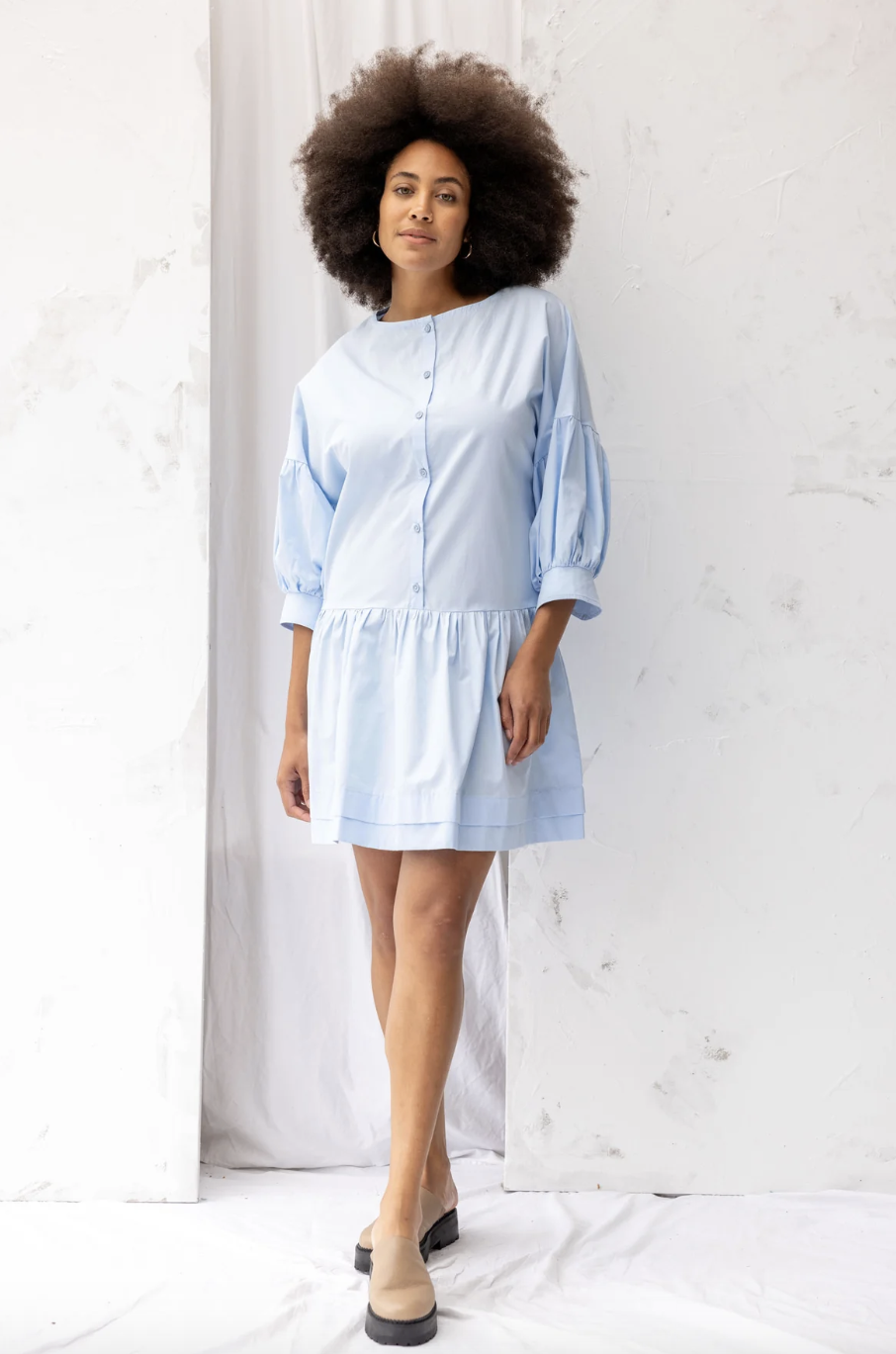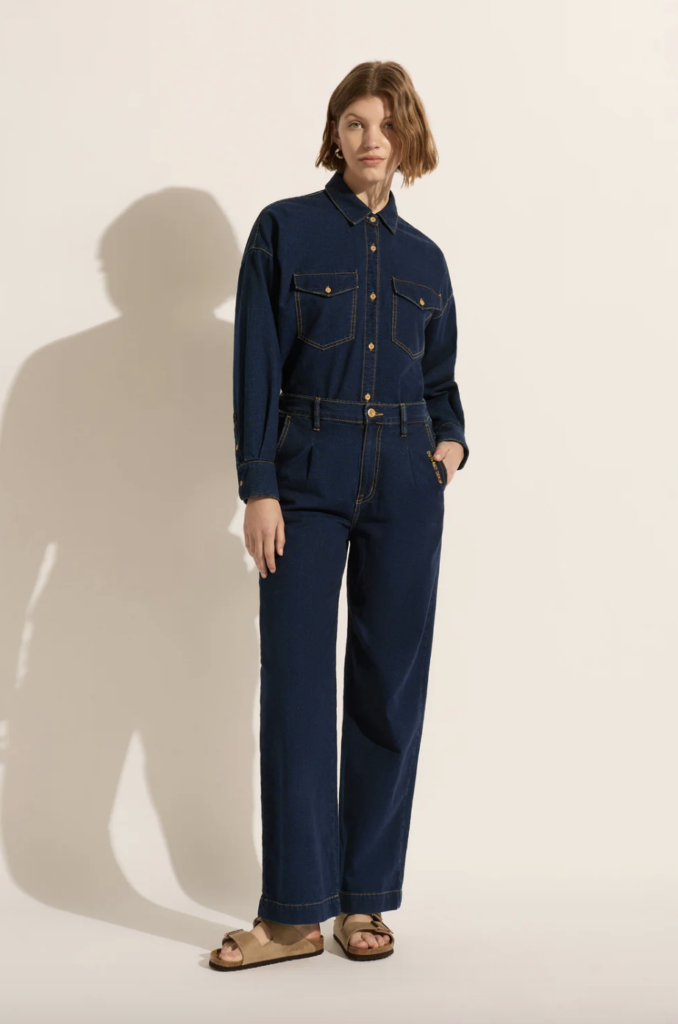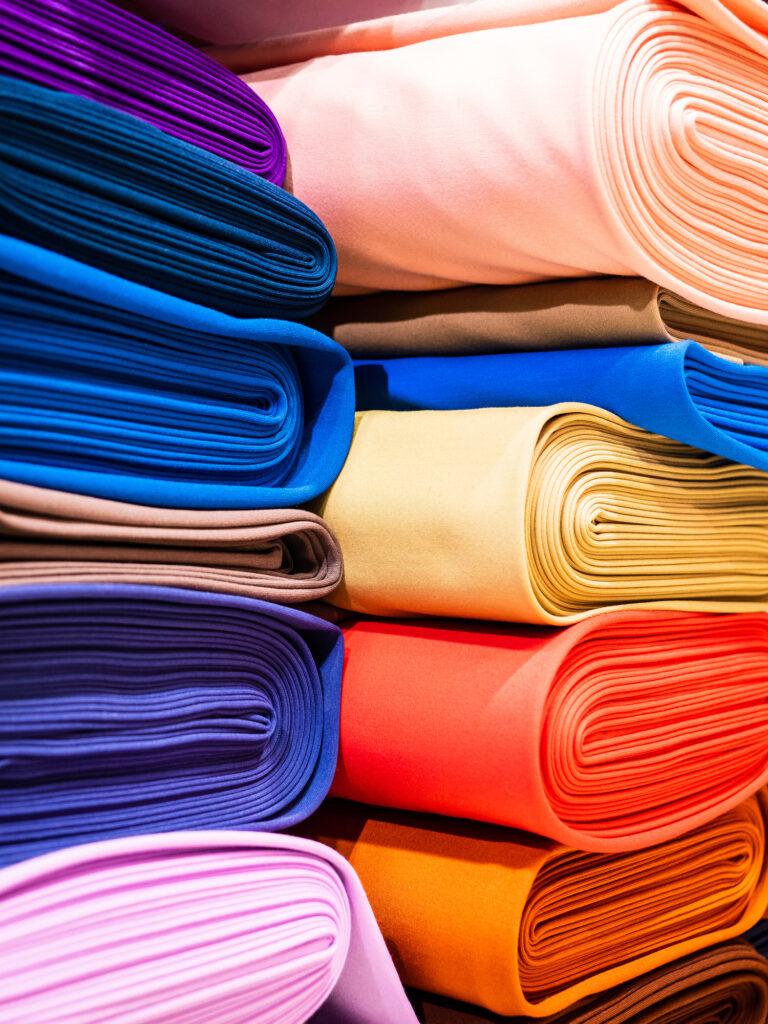I‘ve given up on numerous things in the name of health, like toxic workplaces, cigarettes, fad diets… They’ve all been somewhat difficult ‘breakups’ but, among them, there’s one that keeps bothering me: Toxic Fashion. Let me explain.
To many of us, fashion is a powerful way to express ourselves and showcase our individuality. Not only that but what you wear can influence how you feel. For me, a cute outfit would put a pep in my step – a boost of confidence for that job interview, or a sprinkle of motivation to hit the gym.
So, it was a sad and defining moment when, a few years ago, I decided to detox my beloved closet of polyester, nylon, acrylic (and the like). The decision came about as I started to question synthetic fabrics. I was experiencing unusual skin issues and various doctors couldn’t figure it out. So, I hopped on Google – and, while it started with light-hearted stories about girls experiencing “the worst butt-ne of their lives” from wearing polyester bike shorts (which, by the way, have the tendency to trap sweat and make bacteria flourish) it all led to something more sinister and alarming…
“In the process of manufacturing clothes, more than 15,000 chemicals can be used and retained in the fabric”
– Environmental Sciences Europe
For decades, the activewear industry, for example, has relied on man-made chemicals called Perluoroaklyl and Polyfluoroaklyl chemicals (‘PFAS’) to create sweat-wicking and water-resistant fabric. Clothes with ‘wrinkle-resistant’ properties are often treated with formaldehyde, and pigmented dyes are bonded to fabrics using chromium, a heavy metal.
Not surprisingly, these harmful chemicals have been linked to various health issues. PFAS compounds have been linked to cancer, thyroid disease, developmental toxicity and immunotoxicity. Formaldehyde can cause allergic contact dermatitis, wheezing and burning sensations in the eyes, nose, and throat. It is also listed as a human carcinogen by the International Agency for Research on Cancer.
“Ok, but… aren’t most of these concerns rooted in animal studies and tested at extremely high concentrations, which we don’t get exposed to in real life?”, you might be thinking.
No, and I hate to be the bearer of bad news, but these concerns are very much real. Over the last few years, thousands of flight attendants from various airlines came forward to report serious health issues that they suspected were being caused by new work uniforms.
First, it was Alaska Airlines. More than 800 health complaints were made between 2011 (when the employees first received new uniforms) and 2014 (at which point the uniforms were finally recalled). The reported health


Image posted on the Association of Flight Attendants
Testing of the garment fabrics was sponsored by the employees’ union and performed by the Hohenstein Textile Testing Institute (which is a founding member of OEKO-TEX, a well-regarded certifier of safe textile products).
These tests showed the presence of several concerning chemical compounds, including:
- Biocides, which are used to prevent mould growth during shipment but are known irritants and sensitisers;
- Dispersion dyes which have been banned by the European Union because of suspected carcinogenicity;
- and endocrine disruptors, where…
“An amount so small so as to be equal to a drop in an Olympic-size swimming pool can permanently affect an embryo”
– BMC Public Health
The flight attendants launched a class action lawsuit against TwinHill, the uniform manufacturer. However, the case was quashed in 2016 due to a lack of evidence that any one chemical was found to be at sufficient concentrations known to cause adverse health effects.
So then, was it a coincidence that employees at Envoy Air, PSA Airlines, Piedmont Airlines and American Airlines, all wearing TwinHill uniforms, would also experience health problems in 2016-2017?
Heather Poole, an American Airlines stewardess, recounted her experience. The first symptom was lethargy. Then, it was a routine blood test showing her thyroid was outside the normal range. During flights, she would develop a mysterious cough and “[her] heart rate would go up to 140 beats per minute, sometimes to 150, or even 170” whereas at

American Airlines uniform manufactured by Twinhill
Jacqueline, who worked in the fashion industry overseeing production, had been opening boxes of clothing straight from factories for over a decade. Over time, she developed skin issues, and then appendicitis and severe Chron’s. Jacqueline tested allergic to some of the chemicals typically used in the manufacturing process of clothes and, although it’s hard to say definitively that her exposure to these chemicals was the trigger for her Chron’s, the latest research on Chron’s and other autoimmune diseases suggest that there may have been a link to how it was triggered.
What’s most frustrating is that these serious health complaints remain largely anecdotal without sufficient information or scientific “proof” to support the theory that the chemicals in our clothes are making some of us really sick. Some people have had to quit their jobs and others have developed life-changing health issues without compensation nor even mere acknowledgement that their health concerns are valid. As Heather Poole says,
“It’s basically shut up or quit”
So, what needs to be done and how can we, the consumers, empower ourselves?
First and foremost, it’s clear that more research in the area is needed. In 2018, a Harvard research group published a study that formally recognised the association between Alaska Airlines’ new uniforms and the flight attendants’ health effects. This gave the flight attendants’ complaints a level of credibility. Deeper and more specific research will allow us to build a repository of evidence so that we can better advocate for change and push businesses to be accountable and more responsible.
Second, we raise awareness on the issue (and one way you can do this now is simply to share this article with someone you care about!). The more informed we are in our purchasing decisions and the more we scrutinise the fashion industry, we encourage businesses to innovate and regulators to implement better practices.
Not long ago, for example, Lululemon was dragged on social media. Many were shocked to find out that their favourite leggings contained invisible chemicals like PFAS – and the kicker was that higher concentrations were found in the crotch/gusset! Since then, it seems Lululemon has introduced a Restricted Substances List that outlines all the substances banned or restricted from Lululemon products. The company also aims to phase out PFAS from its products. I haven’t yet seen whether Lululemon has accomplished this, but it does suggest that the leading activewear brand is promoting change and, hopefully, this will mean that other brands will follow suit. But, to keep seeing action from the industry, we all need to be informed and more conscious of the clothes we buy, which takes us to three: Read the label. What is the item made of?
If you are looking for the “gold-standard” in this context, you’ll want to consider labels with certifications like GOTS or OEKO-TEX. GOTS organic clothes are manufactured in factories using safe chemistry according to organic principles, and OEKO-TEX products are tested for over 300 substances. Personally, I look for these certifications specifically when it comes to sleepwear and underwear.



Add these GOT certified brands to your shopping list
Additionally, I always wash before first wear and I opt for natural fibres wherever possible (like cotton, hemp and linen) as they are far less risky, in comparison to synthetic materials, when it comes to these hazardous chemicals. Plus, these materials feel so much better on my skin!
However, I did mention earlier that toxic fashion still bothers me. To elaborate, it seems like aaalll the trendy and well-fitting clothes I come across are made of synthetic materials which makes this “break-up” so damn hard.
So, I choose not to adopt a rigid, all-or-nothing approach. As Alden Wicker, author of To Dye For (‘a jolting exposé that reveals the true cost of the toxic, largely unregulated chemicals found on most clothing today’) put it:
“If you’re perfectly healthy… don’t add this to your list of things to obsess over”
– Alden Wicker
This means that, while I reduce my exposure to toxic chemicals as much as possible and, at minimum, completely avoid ultra-fast fashion brands (like SHEIN, Temu, Boohoo) I’m not going to completely deprive myself of cute outfits especially when it comes to special events. That’s because it’s important to celebrate life moments! Plus, I know if I choose an outfit that makes me feel confident (aka the psychological phenomenon known as confidence priming or ‘dopamine dressing’) and attractive it sets me up for a good time before the event even begins.
Read more of our Health & Wellness articles below.





